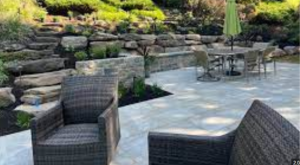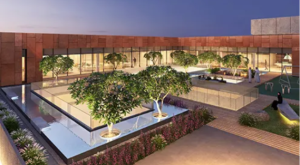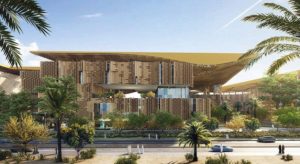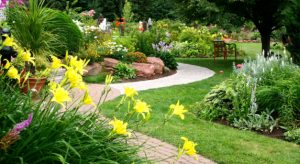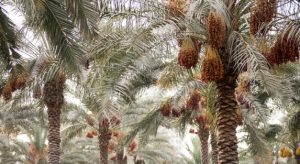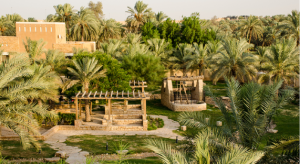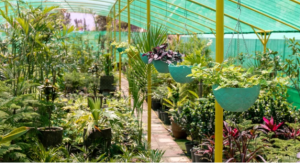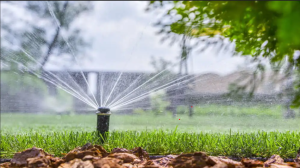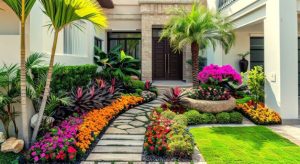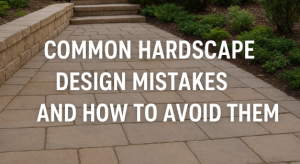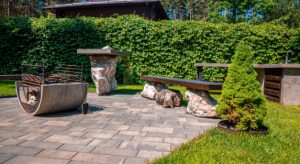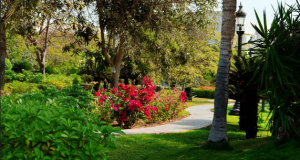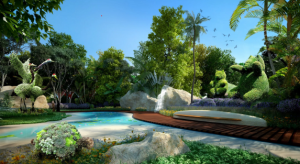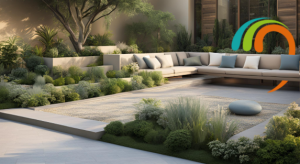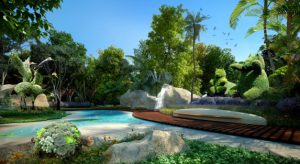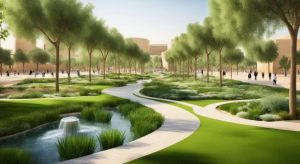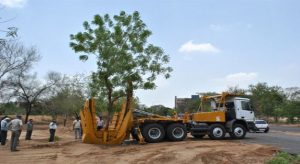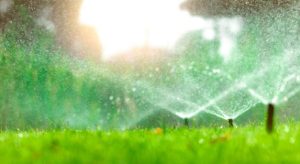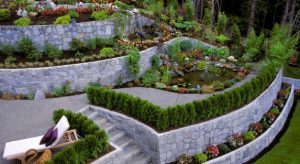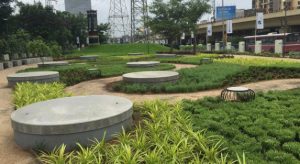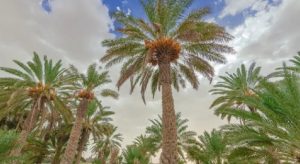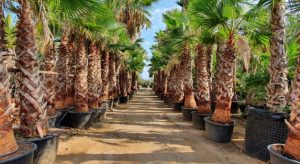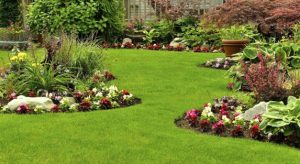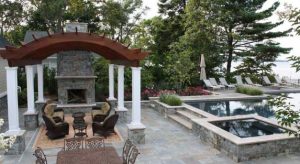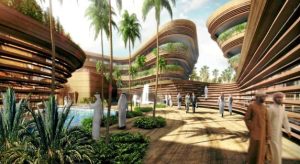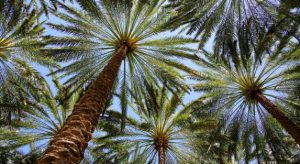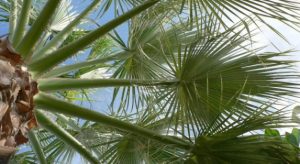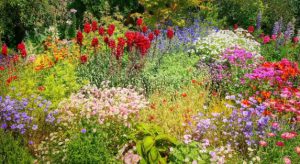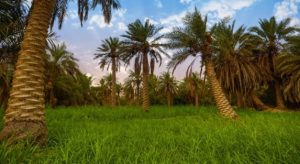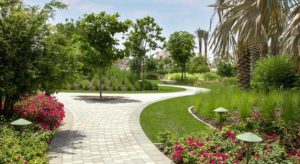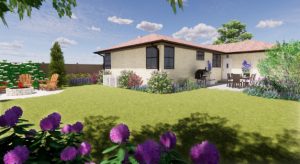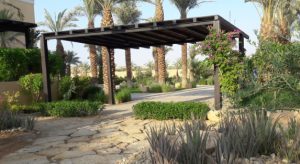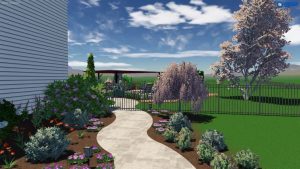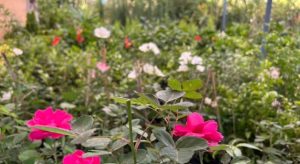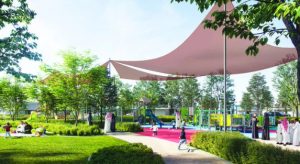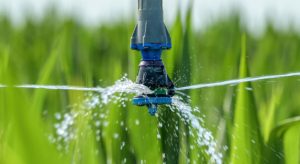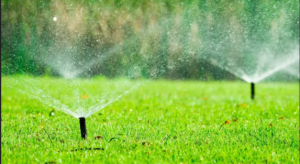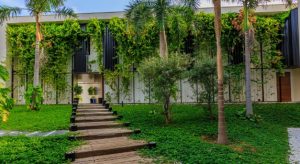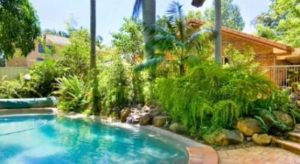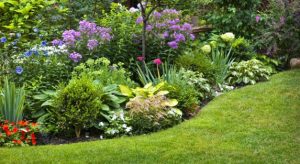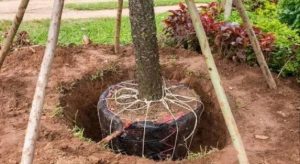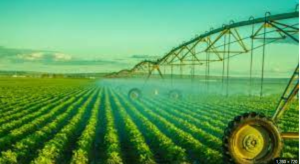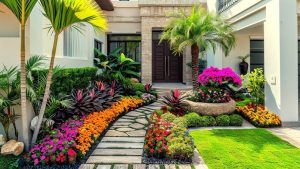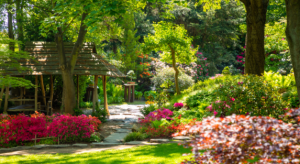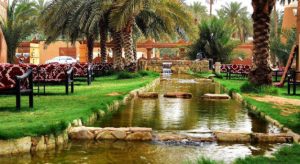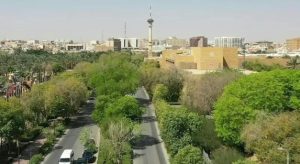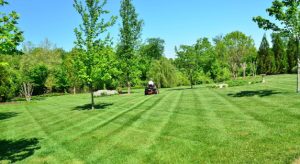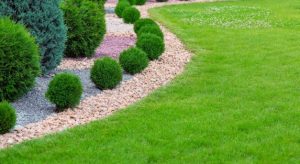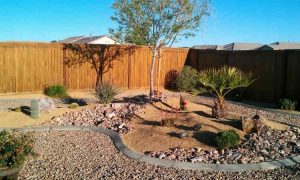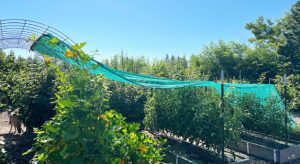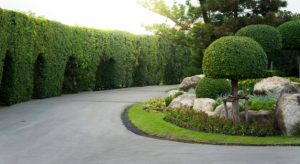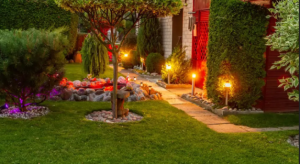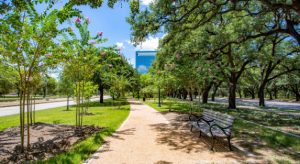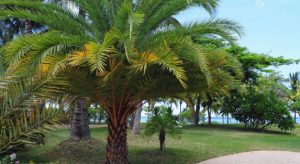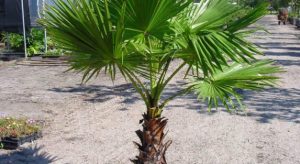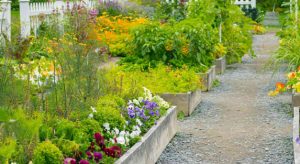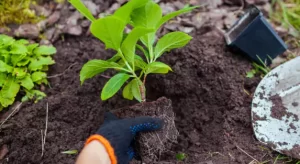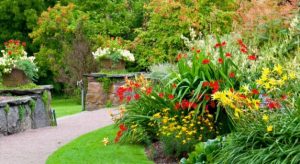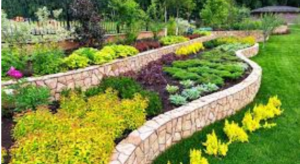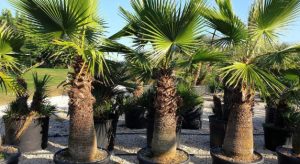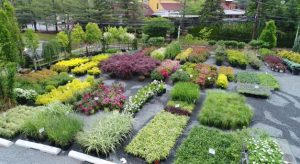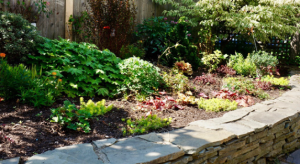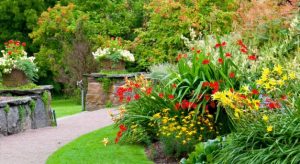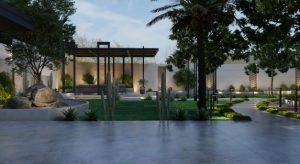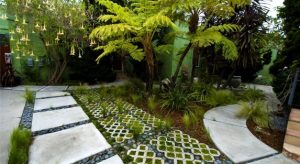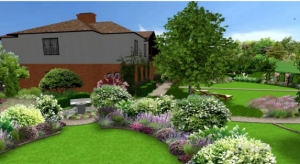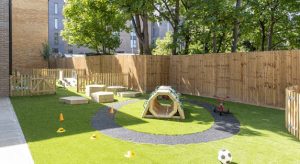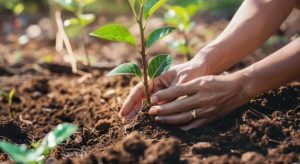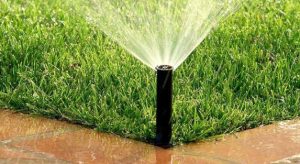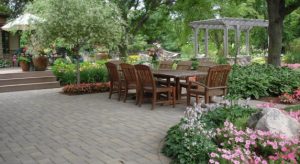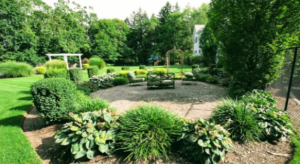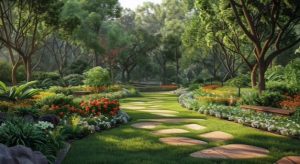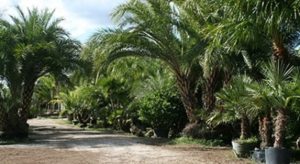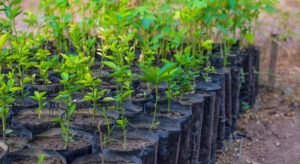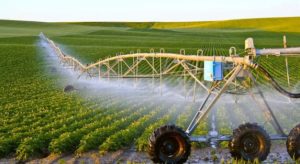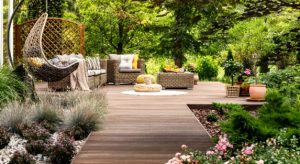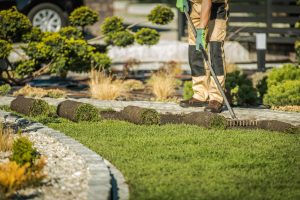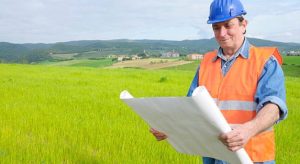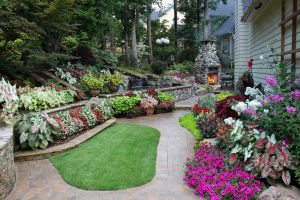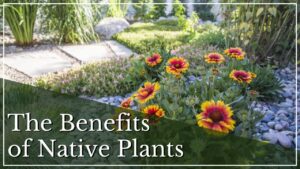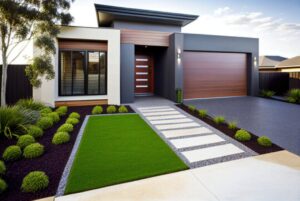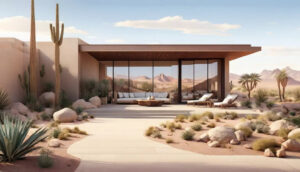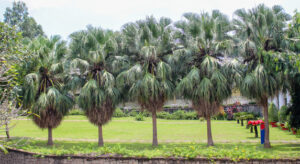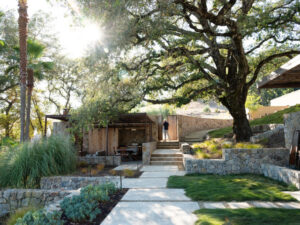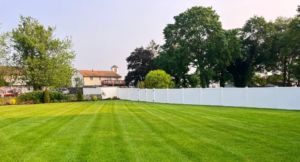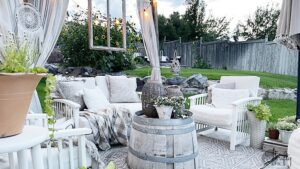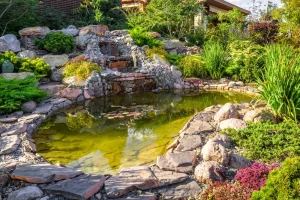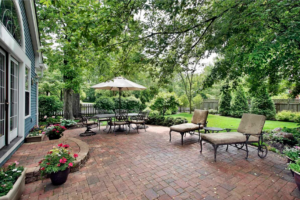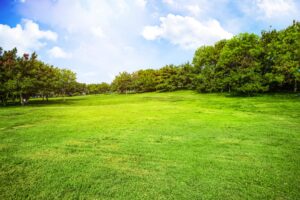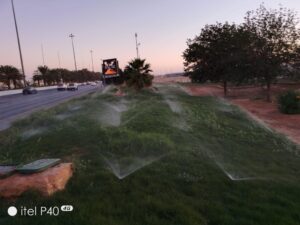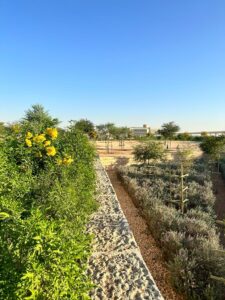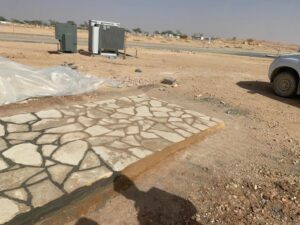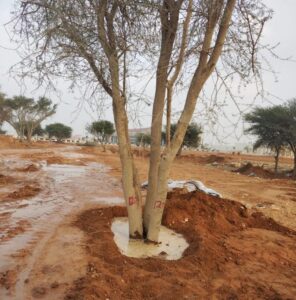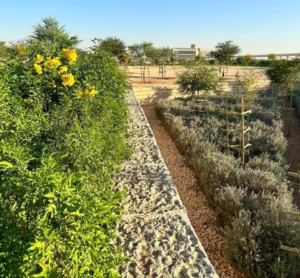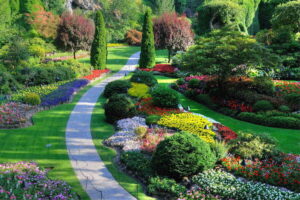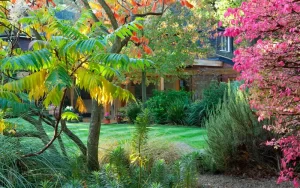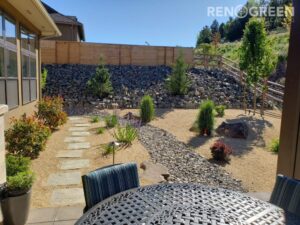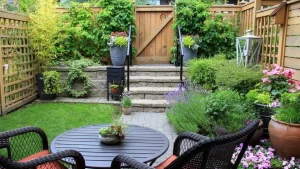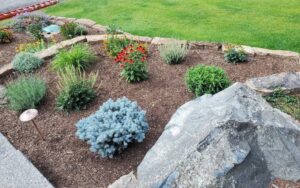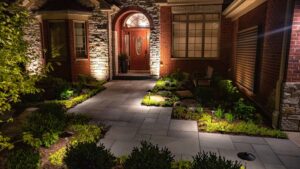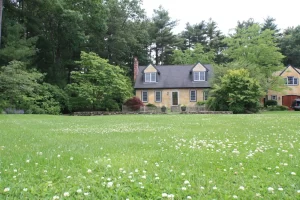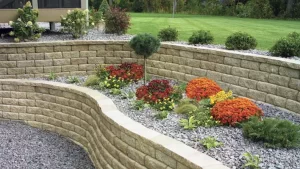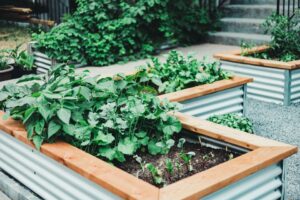The Role of Soil Preparation in Successful Softscape Landscaping
14 November, 2025
When it comes to beautiful outdoor spaces, most people focus on plants, lawns, and landscape design. But there’s one element that truly determines the success of any green project—soil preparation. Whether you're planning a villa garden, a commercial landscape, or a large residential project, preparing the soil is the foundation of effective softscape landscaping installation in Saudi Arabia.
Saudi Arabia’s climate brings its own set of challenges: extreme heat, low rainfall, alkaline soil, and sandy textures. These conditions make soil preparation even more critical to achieving long-term plant health and landscape beauty.
1. Understanding Why Soil Preparation Is the Foundation of Softscape Landscaping
When planning a stunning outdoor environment, most people visualize lush greenery, colorful flowers, and carefully designed plant arrangements. However, the true success of any landscape—especially in a challenging climate—lies beneath the surface. Soil preparation is the backbone of any effective planting strategy, and it plays an even more critical role in softscape landscaping installation in Saudi Arabia, where soil conditions can be harsh, dry, and nutrient-deficient. Without preparing the soil properly, even the highest-quality plants struggle to survive, leading to wasted resources and recurring maintenance issues.
Healthy soil acts as the support system for everything planted in it. It determines whether the roots can breathe, access moisture, and absorb essential nutrients. In softscape landscaping, the soil must provide the perfect environment for long-term plant development. It promotes root penetration, enhances water absorption, prevents erosion, and encourages beneficial microbial activity. Without these factors, plants become weak, discolored, and prone to pests and diseases.
Saudi Arabia’s unique environment intensifies the need for proper soil preparation. The naturally sandy, alkaline, and low-nutrient soil found across Riyadh, Jeddah, Dammam, and other regions doesn’t support plant life effectively unless it is amended strategically. Therefore, soil preparation is not just an optional enhancement but a necessity for successful softscape work.
In well-prepared soil, plants achieve healthier growth, stronger resistance to climate stress, and better longevity. Landscapes also become more sustainable, requiring less water, fertilizer, and overall maintenance. This foundational step ensures that every part of the softscape—shrubs, groundcovers, lawns, ornamental trees, and flowering plants—can grow harmoniously.
Ultimately, soil preparation determines whether a landscape thrives beautifully or struggles year-round. It sets the stage for long-term success, making it one of the most important elements of professional softscape landscaping services in Saudi Arabia.
2. Identifying Soil Challenges Unique to Saudi Arabia’s Landscape
To create a thriving outdoor space, understanding the existing soil environment is essential. This becomes even more crucial during softscape landscaping installation in Saudi Arabia, where soil conditions vary widely but commonly present several challenges. Saudi Arabia’s soil, shaped by desert geography and extreme heat, typically lacks the natural properties needed for successful plant growth. This is why soil evaluation is the first step before any planting, irrigation setup, or landscape design begins.
One of the most significant issues is high salinity. Due to limited rainfall and reliance on desalinated or brackish water for irrigation, salt levels in the soil tend to accumulate over time. High salt content restricts water movement to the roots, causing dehydration even when moisture is present. Another common issue is alkaline pH, where the soil’s chemical balance makes nutrient absorption difficult for most plants commonly used in softscape design.
The soil found in many Saudi regions is also sandy, meaning it drains too quickly and cannot retain nutrients or moisture long enough to nourish the plants. This results in soil that feels soft but lacks stability and substance. In contrast, some urban areas have compacted soil caused by construction activity, which blocks root penetration and inhibits proper aeration.
Low organic matter is another major concern. Healthy soil should contain decomposed plant material, beneficial microorganisms, and natural nutrients—but desert soils are often devoid of these essential components. This leads to weak root development and higher maintenance demands.
Understanding these challenges helps landscape professionals determine the right type of soil amendments and the most suitable plants for each site. Whether it’s a private garden, villa compound, commercial center, or resort, addressing these soil limitations is critical for the success of any softscape landscaping project in Saudi Arabia.
3. Essential Steps in Soil Preparation for Softscape Landscaping
Successful planting begins long before a single plant goes into the ground. Effective soil preparation involves several structured steps designed to improve texture, nutrients, moisture retention, and overall soil health. These steps are especially important during softscape landscaping installation in Saudi Arabia, where natural soil conditions often fail to meet plant requirements.
The first step is soil testing and analysis. A professional soil test identifies pH levels, salinity, nutrient content, and soil texture. With this information, landscapers can determine the exact amendments needed. Once testing is complete, the site is cleared of debris, rocks, construction waste, and unwanted vegetation. This not only creates a clean foundation but also ensures better soil penetration and plant placement.
Next comes the addition of organic matter, which is crucial for transforming sandy or compacted soil. Materials such as compost, peat moss, coconut fiber, biochar, and decomposed manure are incorporated to enhance moisture retention, nutrient richness, and microbial activity. In many softscape projects, 10–20 cm of organic matter is mixed into the topsoil for long-term plant health.
Adjusting soil pH is also a vital step. Materials like sulfur or gypsum are used to reduce alkalinity, making the soil more suitable for a wide range of ornamental and native plants. Deep tilling and aeration then help loosen compacted soil layers, allowing roots to grow freely and improving oxygen circulation.
The next phase involves adding fertilizers and soil conditioners. Slow-release fertilizers supply essential nutrients over an extended period, while additional conditioners improve soil structure. Before planting begins, irrigation systems—especially drip irrigation—are installed to ensure steady moisture for new plants.
When all these steps are followed carefully, the soil becomes fertile, balanced, and ready to support a successful, sustainable softscape.
4. How Soil Preparation Influences Plant Selection and Landscape Health
Plant selection is a vital part of any landscaping project, but even the best plant choices will fail without proper soil preparation. In softscape landscaping installation in Saudi Arabia, where environmental conditions are extreme, soil readiness directly determines whether plants adapt and thrive. A well-prepared soil allows landscape designers to select a wider range of species, including decorative shrubs, flowering plants, native varieties, trees, and ground covers.
When the soil is rich in organic matter, contains balanced pH levels, and has improved moisture retention, plants develop stronger root systems. This leads to better nutrient absorption, higher stress tolerance, and better overall growth. Soil preparation allows landscapers to select plants not only for aesthetic appeal but also for long-term sustainability. For instance, drought-resistant plants like Bougainvillea, Lantana, Oleander, and native Arabian shrubs perform exceptionally well when placed in well-prepared soil.
Healthy soil also plays a key role in supporting lawns and turf grass—elements highly popular in villa gardens and resort landscapes. Without proper preparation, grass struggles to establish roots, leading to patchy growth and high water usage. But when the soil is loosened, enriched, and pH-corrected, grass grows evenly and requires less maintenance.
Moreover, plants that are placed in properly prepared soil are less prone to diseases and pests. Healthy soil fosters beneficial microorganisms that naturally protect plant roots, reducing the need for chemical treatments.
Proper soil preparation also enhances the effectiveness of irrigation systems. When soil can retain moisture efficiently, plants receive consistent hydration even in high temperatures. This not only saves water but ensures that landscapes remain healthy year-round.
In short, soil preparation expands plant selection options, reduces maintenance, supports sustainability, and ensures lasting landscape beauty.
5. Long-Term Environmental and Aesthetic Benefits of Proper Soil Preparation
Investing in soil preparation yields long-term benefits that go far beyond plant survival. In the context of softscape landscaping installation in Saudi Arabia, where climate and soil conditions are demanding, properly prepared soil plays a crucial role in creating sustainable and visually stunning landscapes that last for years.
One of the biggest long-term advantages is reduced maintenance. Landscapes with healthy soil require less watering, fewer fertilizer applications, and minimal replacements of dead plants. When soil is rich and well-balanced, it retains moisture effectively, ensuring plants stay hydrated even during peak summer heat. This directly reduces water consumption—an extremely important factor in Saudi Arabia, where water conservation is a national priority.
Aesthetically, well-prepared soil supports vibrant, lush growth, which enhances property value, visitor experience, and overall visual appeal. Plants grown in nutrient-rich, well-aerated soil show fuller blooms, greener foliage, and more uniform growth. Whether it's a villa garden, a commercial outdoor area, or a public landscape, the visual quality improves significantly when the soil condition is optimal.
Environmental benefits are also substantial. Healthy soil prevents erosion, enhances carbon sequestration, and supports biodiversity. It encourages the growth of native plants, which in turn attract beneficial insects, birds, and pollinators. Over time, this creates a more resilient, self-sustaining ecosystem.
From a financial standpoint, investing in soil preparation reduces long-term landscaping costs. Owners spend less on irrigation, chemicals, and replacements. Landscapes also remain attractive for longer periods, offering a better return on investment.
Overall, proper soil preparation creates landscapes that are sustainable, visually appealing, environmentally friendly, and economically efficient. It is a crucial step that determines whether a softscape installation becomes a thriving green space or a constant maintenance challenge.
6. Enhancing Water Efficiency Through Proper Soil Preparation
Water scarcity is one of the most important environmental challenges in Saudi Arabia, making efficient irrigation a priority in every landscape project. Proper soil preparation becomes a powerful tool in achieving significant water savings, especially during softscape landscaping installation in Saudi Arabia, where hot temperatures and low rainfall place enormous pressure on plant survival. Healthy soil doesn’t just support plant growth—it transforms the way landscapes use and retain water, allowing homeowners, commercial properties, and public spaces to maintain green spaces without excessive water consumption.
One of the key benefits of well-prepared soil is its ability to retain moisture for longer periods. When organic matter such as compost or peat moss is mixed into sandy or compacted soil, it creates a sponge-like structure. This allows water to seep deeper into the ground and stay there, making it easier for roots to access moisture even during the hottest months. As a result, landscapes require less frequent irrigation, which drastically reduces water usage.
Proper soil preparation also ensures better drainage, preventing waterlogging around plant roots. In regions that rely heavily on drip irrigation, well-prepared soil helps distribute water evenly around the plant base, ensuring each plant receives steady hydration without waste. The improved structure of the soil also encourages deep root growth, making plants more resilient during periods of drought.
When combined with smart irrigation systems, prepared soil becomes a foundation for sustainable landscaping. Plants not only consume less water but also remain healthier, greener, and more vibrant throughout the year. This approach aligns with Saudi Arabia’s national vision of promoting water conservation and sustainable outdoor environments.
In essence, soil preparation is more than a planting requirement—it is a long-term investment in water efficiency. Landscapes become easier to maintain, more environmentally responsible, and better adapted to the region’s climate.
7. Conclusion: Why Soil Preparation Is the Secret to Long-Lasting Softscape Success
In any landscaping project, especially those undertaken in challenging climates like Saudi Arabia, soil preparation is the single most influential factor determining long-term success. While many people focus on selecting beautiful plants or designing attractive garden layouts, the truth is that none of these elements can thrive without a solid foundation. This is why professional softscape landscaping installation in Saudi Arabia always begins with comprehensive soil evaluation and preparation.
The extreme heat, desert terrain, and naturally poor soil conditions in Saudi Arabia demand a scientific and strategic approach. Soil that is too sandy fails to retain moisture, while soil with high alkalinity limits nutrient absorption. When left unaddressed, these issues lead to plant stress, high maintenance costs, and disappointing outcomes. However, with proper preparation—improving texture, pH balance, organic content, and water retention—landscapes can flourish for years with minimal intervention.
Soil preparation also influences the type of plants that can be selected, expanding the range of species suitable for residential and commercial landscapes. Prepared soil supports healthier, deeper, and more resilient root systems, resulting in vibrant greenery and colorful blooms even in harsh weather conditions. Properties benefit from improved aesthetics, higher value, and reduced water and maintenance expenses.
Moreover, soil preparation contributes to environmental sustainability by reducing erosion, increasing soil biodiversity, supporting native plants, and lowering water consumption. For villa owners, resort developers, commercial complexes, and public landscape planners, this makes soil preparation both a practical and eco-friendly investment.
In the end, soil preparation is more than just a technical step—it is the secret ingredient behind landscapes that thrive. Proper soil groundwork ensures that every plant, tree, shrub, and grass installation grows strong, remains healthy, and creates a visually stunning outdoor experience. For anyone seeking long-lasting and beautiful results, investing in professional softscape landscaping services in Saudi Arabia is the smartest decision.
- Fountain and Waterfalls
- Gardening
- hardscape
- Irrigation system
- Landscape
- Lawn
- Nursery
- Palm Tree
- Plantation and Maintenance
- softscape
- Tree Transplanting
- Washingtonian Tree
Categories
Latest Post
- Fountain and Waterfalls
- Gardening
- hardscape
- Irrigation system
- Landscape
- Lawn
- Nursery
- Palm Tree
- Plantation and Maintenance
- softscape
- Tree Transplanting
- Washingtonian Tree





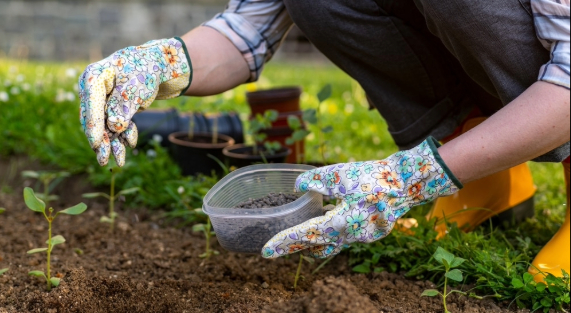
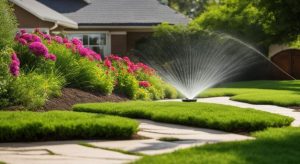
 .
.